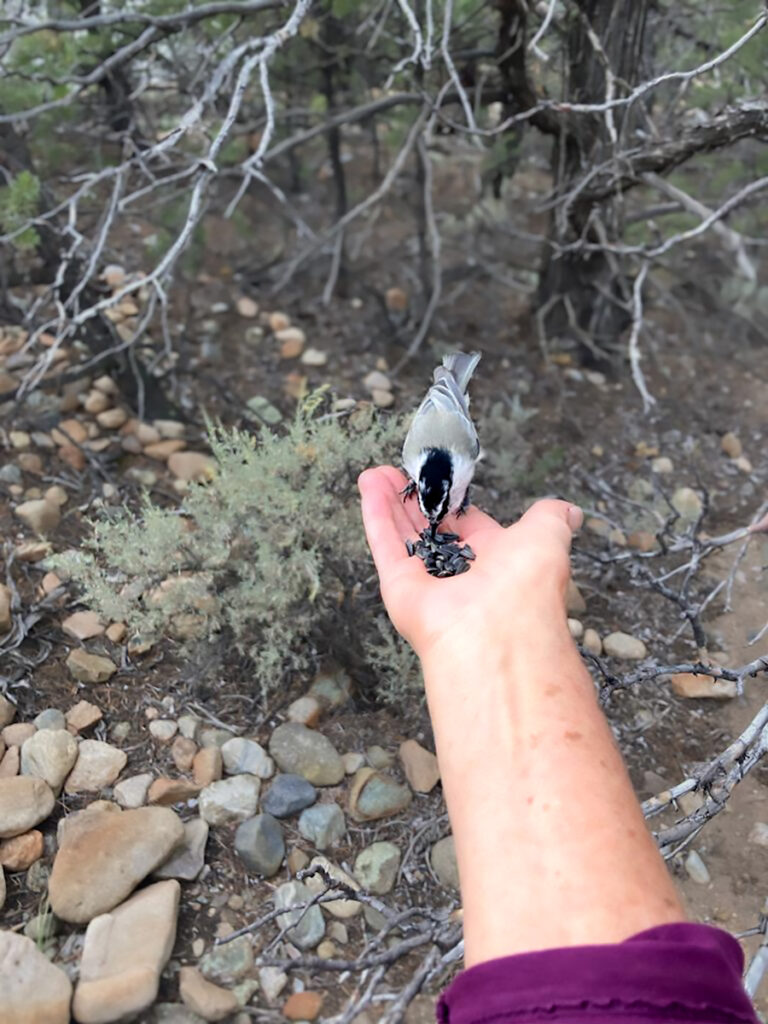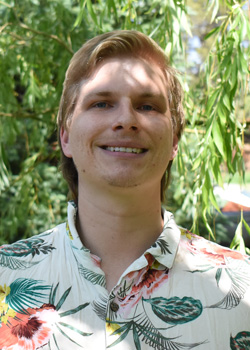
Our current economic system is focused on increasing profitability for private business, with some governmental intervention to protect the natural and human consequences of this pursuit.
As I write, I am currently in Guatemala, where the national currency is named after the official bird, a charming green fella named the Quetzal. This got me to thinking about what an economy could look like, if it was concerned less with profitability and instead on the proliferation of avians.
First off, gone would be the intrusive spikes to ward off birds from roofs out of concern for people below, lest they get hit by bird droppings. The birds were here first, long before massive complexes were built featuring aisles of plastic goods built at the expense of avian habitat.
The harmful effects from those buildings would be mitigated with rooftop gardens planted with native trees and fruit-bearing shrubs to provide shelter and food—healthy for birds and people, too.
Second, abundant public fountains would serve as birdbaths so our feathered friends would have places to clean themselves and refresh their little bellies with clean water. The water for these fountains would need to come from somewhere, so how about fewer sprinkler-fed lawns and golf courses being irrigated in a desert?
Third, rather than provide billions of dollars to extractive industries that have historically hastened the extinction of bird species, subsidies would be re-evaluated to support sustainable sectors that support public good and the health of the ecosystem. Subsidies could pay for bird food and bird feeders so people across income brackets could regularly fill their yards with an abundance of food for a variety of birds. In Japan, there are dispensers set up in public parks so that deer and fish can be fed. Why not feed birds in our parks?
The Conservation Corps would have their work cut out for them, literally, as they went about removing invasive weeds and replacing them with native plants and trees. These jobs would fill an initial unemployment gap for a time and may lead to other maintenance work to support edible landscapes for wildlife and people.
Fourth, pesticide use would be heavily restricted in favor of allowing insects to crawl their way back from population levels nearing extinction, to once again provide a sustainable food source for birds. Birds would act as a natural pesticide. Sustainable farming practices would balance out the need for artificial pesticides and harmful chemical fertilizers that are harmful for humans, wildlife, and livestock.
Fifth, the rights of ranchers to dispose of fecal waste from raising cattle would be replaced with the rights of birds to have clean water basins. People would eat more of other types of meat, such as deer and elk. Families who have depended on cattle ranching for generations may find that raising buffalo and other more adaptable and sustainable livestock may bring more health to their land and more wealth to their coffers.
Sixth, high-rise windows would be painted with a clear coating such that birds wouldn’t crash into them at the rate they do now. The cost for this would significantly impact building costs of new high-rises and homes, and would be a significant expenditure for existing businesses. Prayer flags and banners are a less expensive alternative.
Lastly, the stray cat population would be neutered and controlled, and cat owners would have a catio (an enclosed cat patio) to prevent them from killing birds and while protecting them from predators.
More than a list of practical suggestions, this is a thought experiment of what could be. Such actions would indeed rebound the bird population, but at noticeable costs and restrictions to human freedoms.
As bird populations continue to dwindle, those who enjoy their company and want their children and grandchildren to hear their song, must ask themselves what reasonable actions can be done at the individual, local, state, and federal level to preserve bird species. There is a sensible path between a world for birds and a world without them.
Author
-

Bryce Flanagan moved from Sacramento, CA to Taos County in 2016, and has lived in Questa for two years. He's passionate about the unique and beautiful wildlife of our state and is a regular contributor to the Questa Del Rio News.
View all posts



